The Pollock is a group of fish in the taxonomic genus Pollachius. The genus contains two species, P. pollachius and P. virens, both of which people refer to as “Pollock.” Researchers place these fish in the Gadidae family, along with cod, whiting, and haddock. All of the members of this family have important value in commercial fisheries. Read on to learn about the Pollock.
Description of the Pollock
The two species in this group have a similar appearance. Their bodies have a torpedo-like elongated shape. Both also have dark gray to silvery colored scales, with lighter colored flanks and underbellies.
Depending on the species and population, these fish range in size between 1 and 4 ft. in length. The largest individuals can reach up to 40 lbs. or more.
Interesting Facts About the Pollock
Also known as the Boston Blue, Coley, Coalfish, Saithe, and more, these fish have important economic value in many regions. Learn more about what makes this fish so interesting, below.
- Fish by the Same Name – People refer to another related species of fish as a “Pollock.” However, this species, known as the Alaska Pollock, is not a member of Pollachius. Although, researchers do place the Alaska species in the Gadidae family.
- This Fish as Food – While some people eat the meat of this species, they more commonly use it in other products. Some of its most common uses include the production of imitation crab meat and fish sticks.
- Habitat Preferences – These fish live in different regions at different ages. Younger fish prefer rocky habitats closer to shore, where they can better hide from predators. Older fish move out into deeper, open waters.
Habitat of the Pollock
The two species live in similar habitat types. The younger fish occupy shallow, rocky habitats, and intertidal zones as shelter. Adults congregate into schools and live in pelagic regions, or open water. In the open ocean, they swim throughout various levels of the water column. Some range as far as 1,000 ft. below the surface.
Distribution of the Pollock
Each species has its own unique distribution and range. However, much of their range overlaps with one another. Both occupy the northern Atlantic Ocean. Their populations have high density in the Bay of Biscay in Europe. P. pollachius lives primarily in the northeast Atlantic Ocean, while P. virens has a wider range in the northern Atlantic Ocean.
Diet of the Pollock
As carnivores, these fish feed on other animals. Their diet varies based on their age. Younger fish hunt for plankton, krill, and other small invertebrates. As they grow, they hunt for smaller fish, crustaceans, squid, and virtually anything they can catch. Herring and squid make up the bulk of their adult diets.
Pollock and Human Interaction
Humans utilize these two species in commercial and recreational fisheries. Overfishing causes population decline in some species and in some regions. These fish also face threats from habitat destruction, particularly of the rocky habitats where they shelter from predators as juveniles.
The IUCN has not assessed P. virens and lists the populations of P. pollachius as Least Concern.
Domestication
Humans have not domesticated either species in this group.
Does the Pollock Make a Good Pet
No, these fish do not make good pets. They reach sizes much too large to easily house in a home aquarium.
Pollock Care
Public aquariums keep these fish in immense saltwater tanks. Because both species have social behavior, the aquariums keep them in schools, typically alongside similarly sized species that coexist in the wild. Aquarists feed the fish a variety of different foods, including herring, capelin, smelt, squid, and more.
Behavior of the Pollock
These fish have social behavior as adults, and live in groups known as schools. As juvenile fish grow and move farther offshore, they congregate in larger numbers. Researchers believe these fish also undergo some amount of migratory behavior during the breeding season. Outside of the breeding season, the fish remain in the same area without traveling long distances.
Reproduction of the Pollock
These fish reproduce seasonally via spawning, and water temperatures trigger their migration and breeding. They choose areas with rocky bottoms to reproduce. The female releases her eggs, and the male fertilizes them outside of the body.
Different sized females produce different sized clutches of eggs. Some females produce several million eggs in a single season. It takes about a week or two for the eggs to hatch and the larval young to emerge.

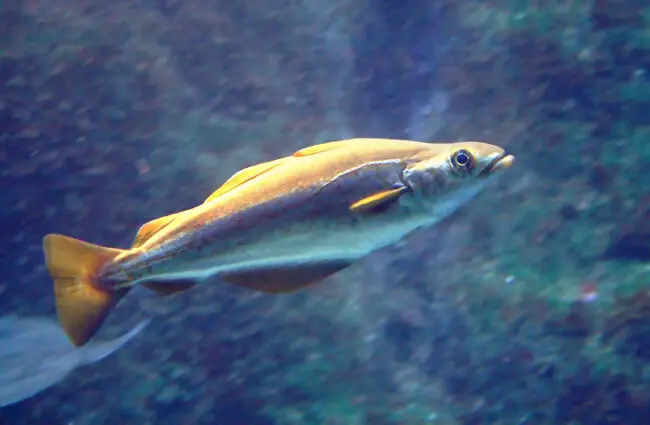
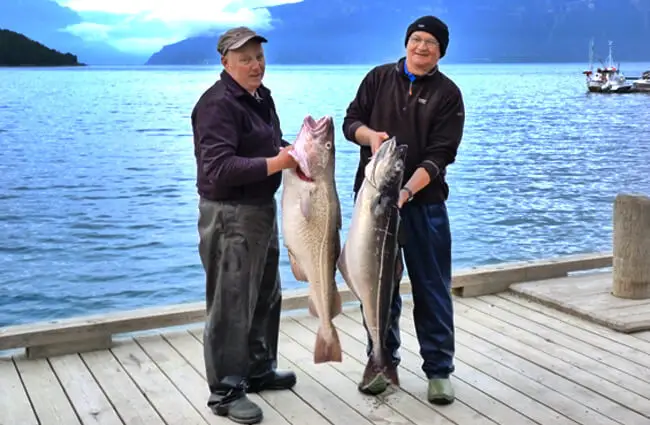
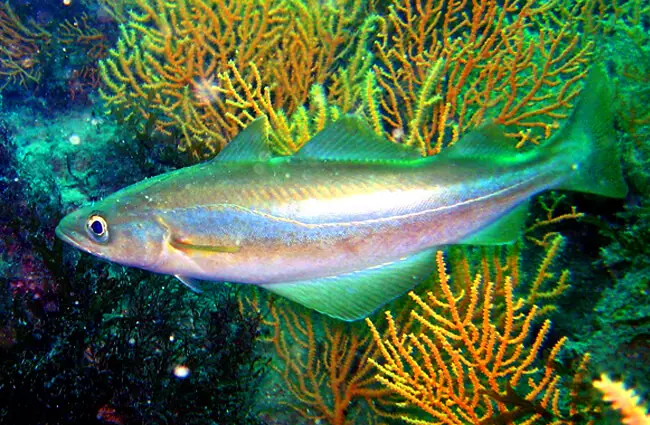
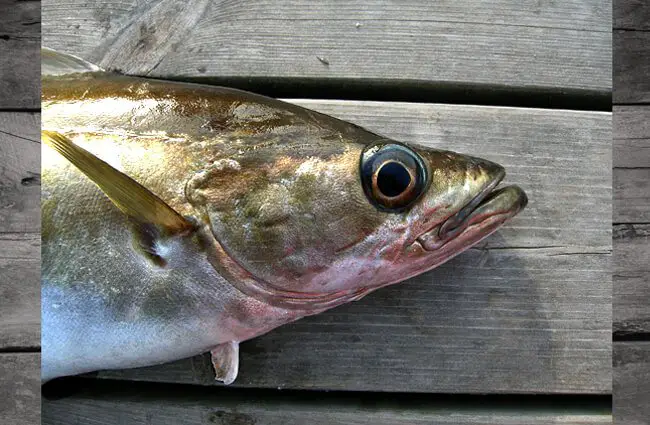

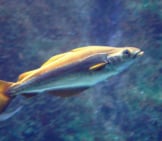

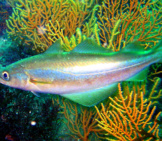


![Red Angus Closeup of a beautiful Red Angus cowPhoto by: U.S. Department of Agriculture [pubic domain]https://creativecommons.org/licenses/by/2.0/](https://animals.net/wp-content/uploads/2020/03/Red-Angus-4-238x178.jpg)


![Red Angus Closeup of a beautiful Red Angus cowPhoto by: U.S. Department of Agriculture [pubic domain]https://creativecommons.org/licenses/by/2.0/](https://animals.net/wp-content/uploads/2020/03/Red-Angus-4-100x75.jpg)

